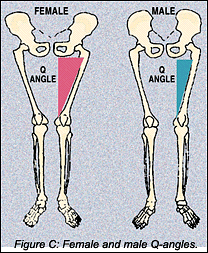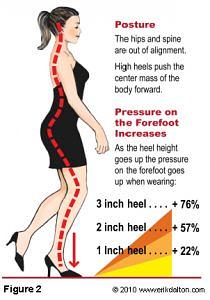- Applying progressive overload in the 6 to 15 rep range. This means ditching the soup cans and 2lb dumbbells which create no stimulus to change in the body.
- Utilising perfect form. Women rarely have an ego when it comes to lifting like men do, so this is usually never an issue!
- Using exercises that suit your body type, with a focus on compound lifts. Women should learn to incorporate more ‘bang for your buck’ compounds into their programs, instead of relying on clams and kickbacks!
1. More Total Volume
2. Fewer Rest Periods
3. Higher Frequency
4. Different Focus Areas
5. Injury Prevention

- Mimicking being half-seated, putting hips and knees in a flexed position, and back in an extended position.
- Loss in ankle mobility causing a cascade of problems up the kinetic chain (knee, hips, lower back, etc)
- Tightening up of the lower back area as the body’s compensation method

To help remedy this, making sure you’re stretching your calves and quads regularly, along with including a heavy dose of posterior chain and single leg work into training will go a long way.

.png)

